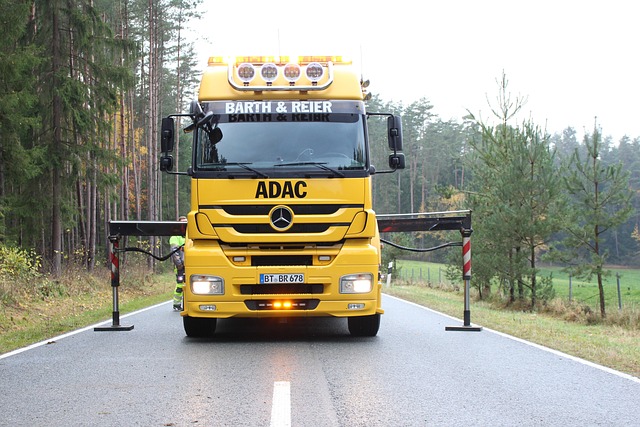After a storm, damaged trees and branches require prompt attention. In Anderson, SC, professional commercial tree removal services are essential for both safety and property protection. This article guides you through understanding storm damage to trees, ensuring safe removal with proper protocols, mastering efficient branch cutting techniques, and responsibly disposing of fallen timber. Discover best practices for effective and secure tree care post-storm.
- Understanding Storm Damage to Trees
- Safety Protocols for Tree Removal
- Efficient Branch Cutting Techniques
- Responsible Disposal of Fallen Timber
Understanding Storm Damage to Trees
When a storm hits, trees can be significantly damaged, leaving them unstable and potentially hazardous. Understanding this damage is crucial for safe navigation post-storm. Strong winds, heavy rainfall, lightning, and ice can all contribute to tree damage, breaking branches, uprooting them, or causing severe structural issues.
Professional commercial tree removal services in Anderson, SC, are equipped to assess these dangers accurately. They employ specialized equipment and trained staff to handle storm-damaged trees, ensuring the safety of both their team and your property. Recognizing the signs of severe tree damage is essential; dead or hanging branches, large wounds, and unusual growth patterns can all indicate a tree’s instability.
Safety Protocols for Tree Removal
When dealing with storm-damaged trees, safety should always be the top priority. Tree removal in Anderson, SC, is a hazardous task, especially after severe weather events, as loose branches and weakened structures pose significant risks to professionals and nearby properties. It’s crucial to engage the services of a professional commercial tree removal service for such delicate operations. These experts are equipped with specialized gear and extensive training, enabling them to assess the damage accurately and safely dislodge or cut down trees without causing further harm.
Before beginning any removal process, certified arborists will conduct thorough inspections, identifying unstable branches and determining the best course of action to mitigate risks. They employ various techniques tailored to specific tree conditions, ensuring minimal impact on surrounding areas. By enlisting the help of Anderson SC’s professional commercial tree removal services, property owners can rest assured that their safety and the integrity of their surroundings are in capable hands.
Efficient Branch Cutting Techniques
When it comes to storm-damaged tree and branch removal, efficient branch cutting techniques are paramount for both safety and effectiveness. Professionals in Anderson, SC, rely on precise methods that ensure clean cuts, minimizing damage to surrounding structures and vegetation. Experienced arborists use specialized equipment like chain saws with sharp, well-maintained blades to make quick, controlled cuts.
Proper cutting involves identifying the right place to make the cut—often at a branch collar, where the branch meets the trunk—to promote healing and prevent rot. Straight-on cuts are generally avoided as they can lead to tearing, which weakens the tree. Additionally, professionals use techniques like three-cut method for larger branches to prevent them from tearing out of the trunk in unexpected directions, ensuring safer removal and preserving the tree’s health where possible.
Responsible Disposal of Fallen Timber
When a storm knocks down trees and branches, proper disposal becomes a critical part of recovery. In Anderson, SC, professional commercial tree removal services play a vital role in ensuring safe and responsible handling of fallen timber. These experts are equipped to assess the damage, safely clear the site, and properly dispose of debris.
Rather than leaving fallen trees and branches to rot or create fire hazards, professional services employ eco-friendly disposal methods. Wood is often chipped for use as mulch or recycled into composite materials, reducing waste and promoting sustainability. Responsible disposal also prevents potential environmental damage from improper handling, ensuring a cleaner, safer recovery process.
